It is vital to sensitise people, especially the Kashmiri youth, who may not be aware of the history of the event and of the brutality their forefathers were subjected to at the hands of Pakistan. Silence is no longer an option.
October 22, 1947, is perhaps the most critical date in J&K’s history. It was on this date that Pakistan-sponsored tribal ‘raiders’ invaded the state to forcibly annex it to the newly created country. The Maharaja of Kashmir had entered into a standstill agreement with Pakistan on August 12, 1947, under which Pakistan had undertaken not to unilaterally disturb the status quo i.e. continue to treat J&K as an independent state. Pakistan deliberately broke the agreement and invaded an independent state. The raiders, as is well known, indulged in an orgy of looting and violence and were ultimately repulsed by the Indian Army.
While Pakistan failed to forcibly annex the state, it did succeed in appropriating the entire narrative on Kashmir. On the one hand, it managed to mask its violation of the agreement and its 1947 invasion, and on the other, it succeeded in diverting the narrative by claiming that the accession of J&K to India was bogus and the entry of Indian troops in Kashmir on October 27, 1947, was illegal. Such a narrative has been bolstered by Pakistan observing for decades this day as ‘black day’.
Unfortunately, India has conceded this space and the narrative to Pakistan by not contesting it. There is a need to make a substantive push for observing the anniversary of the October 22 invasion as the real ‘black day’ in the history of Kashmir. This will sensitise people, especially the Kashmiri youth, who may not be aware of the history of the event and of the brutality their forefathers were subjected to at the hands of Pakistan. They need to be educated, if not reminded, that this was the day when the entire history of Kashmir was irreversibly distorted, how the princely state became an ‘issue’ and a ‘question’ and how historical facts were twisted to advance the Pakistani agenda.
PoK author Mohammad Saeed Asad in his book Yaadon ke Zakhm (wounded memories) has collated a series of eyewitness accounts of the tribal invasion, especially in Muzaffarabad and its environs. These accounts are a brutal revelation for those who have forgotten the events or view Kashmir through tinted glasses.
The accounts underline the tolerant and peaceful nature of society in J&K before the tribesmen were unleashed upon the unsuspecting populace. Muzaffarabad had all three religious communities — Muslims, Hindus and Sikhs, with the Muslims being in a majority. All communities lived in harmony and interaction among them was of a very high order. The communities were not just friends, but their contact extended to all aspects of existence, including festivals, marriages and funerals. As one eyewitness put it, the interaction was far more amicable than the relationship among Muslims these days.
The ransacking of Muzaffarabad by the raiders was comprehensive and devastating. The properties of Hindus and Sikhs were burnt and they were slaughtered. Their bodies lay in their homes or on the street for days. Many were thrown into the river. While they looted, the raiders hardly distinguished between Muslim and non-Muslim property. Thus, Muslim shops were equally ransacked and no Muslim home was spared from this tribal plunder. In places, even the holy Quran was desecrated. All the looted stuff was loaded onto trucks and sent to the Frontier.
According to an eyewitness, there wasn’t a village or hamlet on the way that the raiders didn’t plunder and ravage. While men were slaughtered, they would grab the jewellery belonging to women, irrespective of religion. If any woman dared protest, they would either yank the jewellery off or chop the body part with the jewellery. Many women read the kalma and pleaded for their lives but the raiders took no heed. Many women were taken back to the Frontier and sold to the highest bidder.
In India, Jehangir’s couplet about Kashmir being paradise is famous. Across the border, there is a somewhat comparable saying. Whenever poets, writers and intellectuals crossed the Kohala bridge over the Jhelum and entered J&K, they would instinctively exclaim in Farsi, ‘Man khuda rah deedum aah jabey hijab’ (I have witnessed God here in his full glory, uncovered).
That paradise was ripped apart on October 22, 1947. For the wounds to heal, those Pakistanis responsible for the original sin of the tribal invasion would have to be publicly identified, shamed and tried in the court of time. They are the real enemies of the Kashmiri people. Their action destroyed the unity of Kashmir and permanently damaged its social, religious, cultural and civilisational characteristics.
It is a tragedy of colossal proportions that Pakistan has gone unpunished for its crimes in Kashmir. Worse, it has managed to cloak its evil deeds from public gaze and in a sleight of hand, transferred the blame on to India. It is only when events are organised about what really happened then that the full extent of Pakistan’s culpability for the situation in Kashmir will be known to the people of Kashmir themselves. Silence and apathy are no longer options.
Pakistan had signed a similar standstill agreement with the Khan of Kalat on August 4, 1947, assuring that it would be an independent country. Like in the case of Kashmir, Pakistan broke that agreement, too, in March 1948 and forcibly annexed Kalat. Pakistan’s subsequent history shows a continued disdain for its international commitments, emboldened, no doubt, because it has never been held accountable.
(Tilak Devasher is the author of three books on Pakistan. He is a former Special Secretary, Cabinet Secretariat, Government of India and currently Member, National Security Advisory Board and Consultant, Vivekananda International Foundation)
Published in The Tribune on 21 October 2019.
(The paper does not necessarily represent the organisational stance. The author certifies that the article/paper is original in content, unpublished and it has not been submitted for publication/web upload elsewhere, and that the facts and figures quoted are duly referenced, as needed, and are believed to be correct).
Image Source: https://images.tribuneindia.com/cms/gall_content/2019/10/2019_10$largeimg21_Monday_2019_063954459.jpg

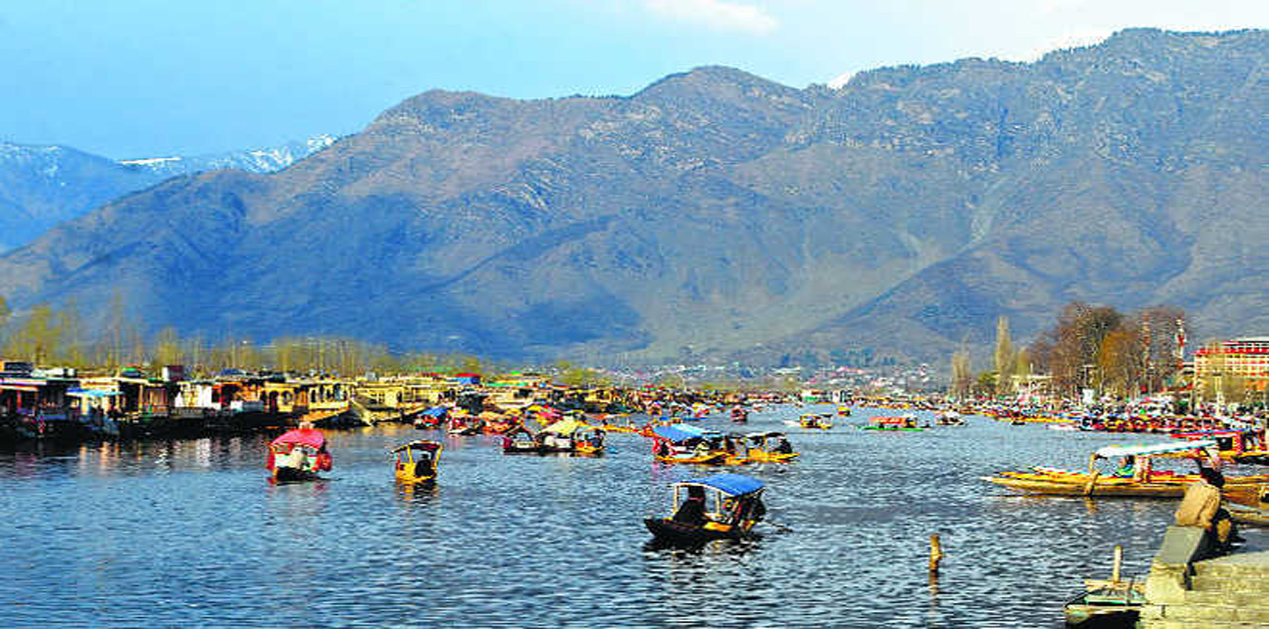
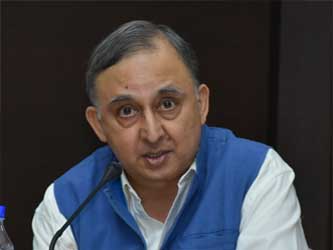
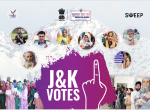

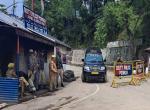
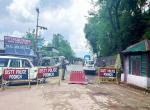
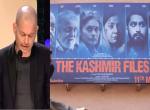
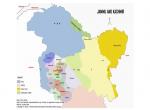
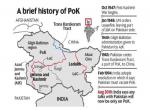

Post new comment